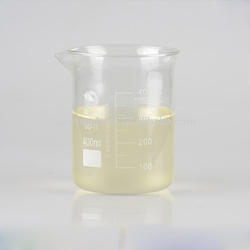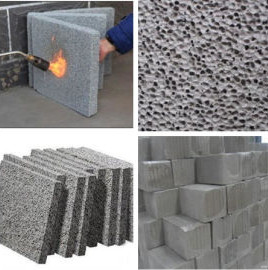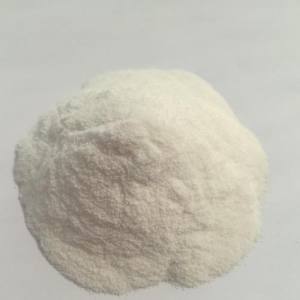Professional solutions on concrete addtives, Concrete Foaming Agent, Superplasticizer, CLC Blocks Additives, and foaming machine
(How Do You Get Concrete in Early Strength?)
How do you get concrete in early strength?
The key to getting concrete to work is the right mix ratio. This is the amount of water to cement that’s used in the mix.
If the water/cement ratio is too high, it can take a long time for the cement to hydrate. A low-water/cement ratio will give concrete the maximum strength in the shortest time.
Many admixtures are available to help concrete gain more strength before it dries and hardens. Some, like air-entraining, help the concrete resist spalling and improve its workability without an increase in the water content.
Adding calcium carbonate to the concrete in the right proportions helps the bacteria Sporosarcina pasteurii produce adequate amounts of calcium carbonate to increase its hydration and achieve early strength.
Addition of pozzulanic admixtures like Pozzulanic flyash or granulated blast furnace slag (PFA) also help the concrete in its early strength development. These admixtures contribute to a rapid transition from plastic to rigid states in the concrete, which is beneficial for early strength.
The supplementary cementitious materials such as slag and flyash improve the hydration of the concrete, particularly in cold weather. These admixtures also increase the resistance to the formation of microcracks, which can lead to premature cracking and deterioration in concrete.
Autoclave curing also increases the early strength of concrete because it retains the heat of hydration in the concrete. This enables the concrete to develop its early strength more rapidly, which is a great benefit when preparing a structure for construction or repair.
(How Do You Get Concrete in Early Strength?)







